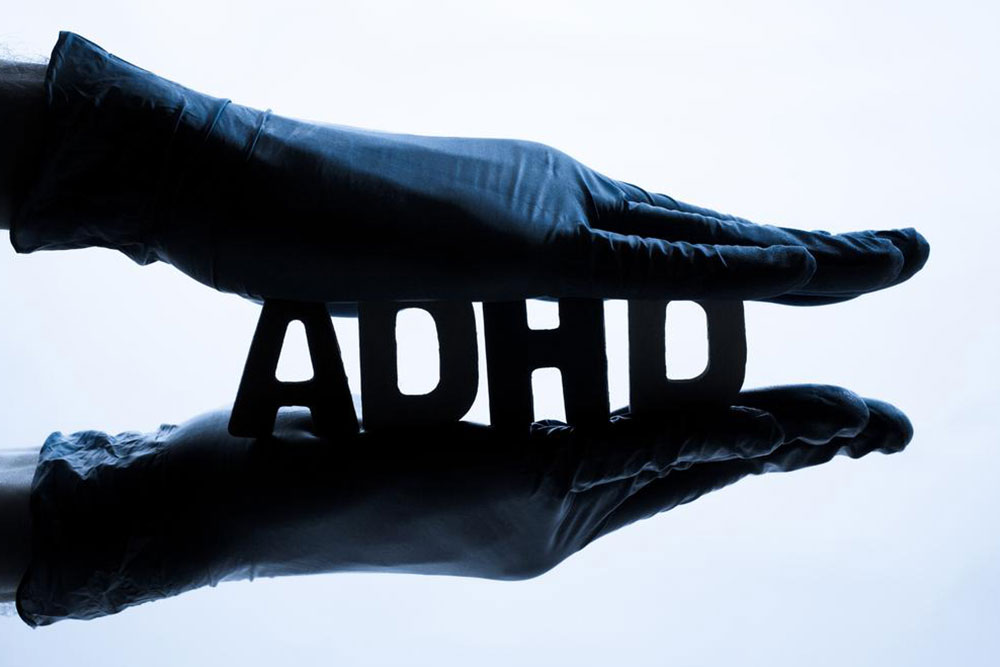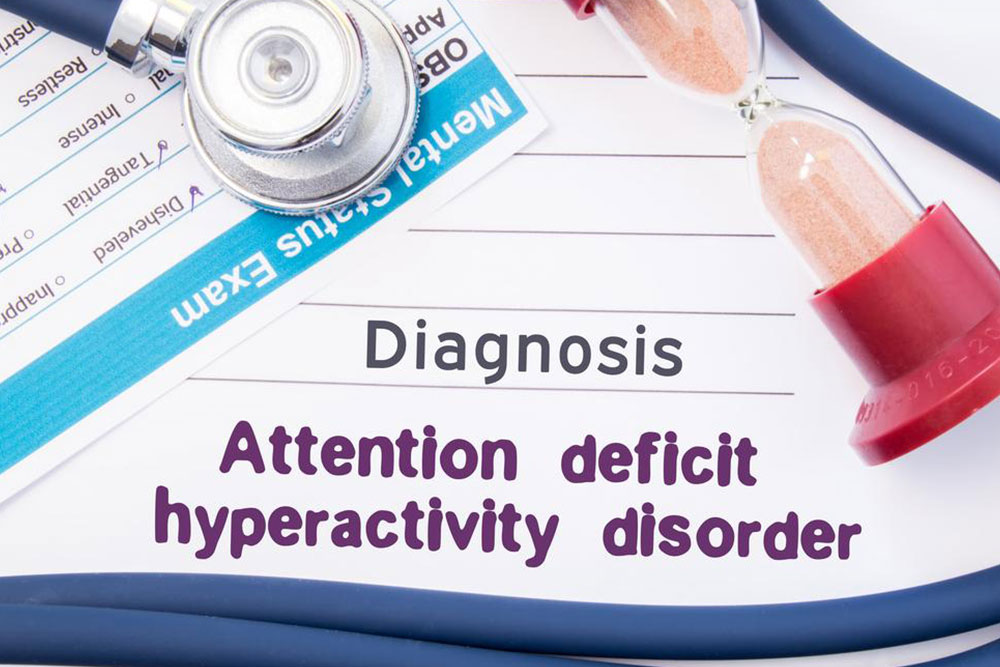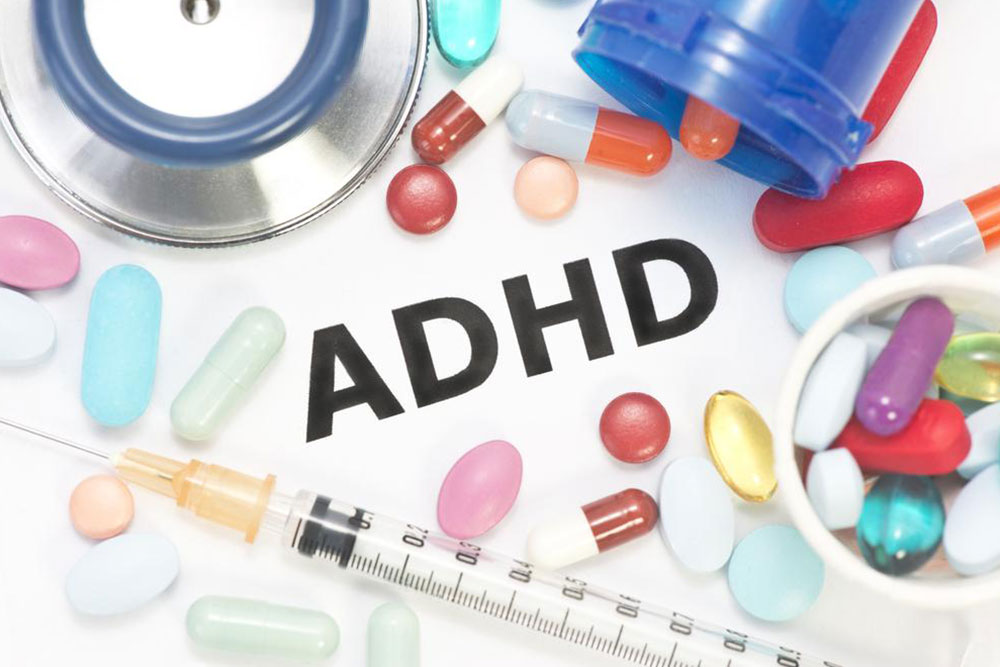Comprehensive Guide to ADHD: Causes, Symptoms, and Management Strategies
This comprehensive guide explores the causes, symptoms, and effective management options for ADHD. It covers the different types of ADHD, signs to look for in children, and the latest insights into underlying causes including genetics and brain structure. The article emphasizes a multidisciplinary approach to treatment, combining medication, behavioral therapy, lifestyle changes, and dietary considerations to improve daily functioning and quality of life for those affected by ADHD.

Comprehensive Guide to ADHD: Causes, Symptoms, and Management Strategies
Attention Deficit Hyperactivity Disorder (ADHD), a neurodevelopmental condition previously referred to as Attention Deficit Disorder (ADD), is a widespread disorder that impacts an individual's ability to regulate attention, control impulses, and maintain behavioral focus. It is often diagnosed in childhood but can persist into adulthood, affecting personal, academic, and professional life. Understanding ADHD thoroughly involves exploring its causes, recognizing its diverse symptoms, and identifying effective management options that improve quality of life for those affected.
ADHD manifests in three main subtypes, each with distinct behavioral profiles:
Hyperactive-Impulsive Type — Characterized by excessive movement, restlessness, difficulty staying seated, impulsive actions, and excessive talking. Individuals may act without thinking, often risking injuries or causing disruptions.
Inattentive Type — Marked by challenges in maintaining focus, organizing tasks, and following detailed instructions. Individuals may seem forgetful, easily distracted, and struggle with completing tasks efficiently.
Combined Type — Features symptoms of both hyperactivity-impulsiveness and inattentiveness, leading to a complex presentation that requires comprehensive management strategies.
Recognizing the Signs of ADHD in Children
Difficulty staying focused on tasks or conversations
Frequent fidgeting, squirming, or inability to remain still
Interrupting others and difficulty waiting for their turn
Impulsive behaviors, acting without considering consequences
Excessive talking and difficulty regulating speech
Impulsiveness that affects social interactions and academic performance
Understanding the Causes of ADHD
Genetics — Family history strongly influences the likelihood of developing ADHD, indicating a hereditary component. Studies suggest that specific genes related to brain development and neurotransmitter regulation play roles in the disorder.
Brain Development and Structure — Variations in the wiring and volume of certain brain regions, such as the prefrontal cortex, are associated with ADHD symptoms. These differences affect executive functions like decision-making, impulse control, and attention management.
Sugar and Diet — While dietary factors alone do not cause ADHD, excessive intake of refined sugar and artificial additives may worsen behavioral issues in some individuals, particularly children.
Environmental and Traumatic Factors — Exposure to toxins during pregnancy, prenatal substance use, or traumatic brain injuries can contribute to ADHD-like behaviors and developmental delays.
Effective management of ADHD involves a combination of medical treatments, behavioral therapies, and lifestyle modifications. Medication, often stimulant-based, helps regulate neurotransmitter activity, improving focus and impulse control. Behavioral therapy aims to develop organizational skills, emotional regulation, and social interactions. Additionally, dietary adjustments, regular physical activity, and structured routines can support symptom management. Early diagnosis and a personalized treatment plan are crucial for helping individuals with ADHD lead successful, balanced lives.





